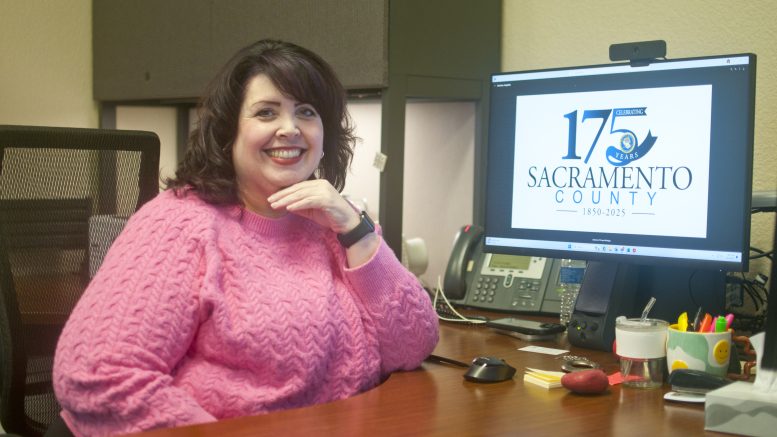How Sacramento County is transforming child welfare practices and becoming a model for agencies nationwide
By Elizabeth Ann Morabito
Can you imagine a young loved one being suddenly and unexpectedly removed from their home and placed with strangers against their wishes? For far too long, this happened more often than you might realize. While the intention is to ensure a child’s safety—typically due to allegations of abuse or neglect—placing them with unfamiliar caregivers can have devastating consequences.
But what if, instead, the first step was finding kin—a relative or someone else known—to take placement of the child? That’s exactly what Sacramento County is doing.
Melissa Lloyd, deputy director of Sacramento County Child Protective Services, shared an example. When the legal guardian of a child with autism passed away, his future became uncertain. His aunt was willing to step in, but background check complications involving other household members, coupled with the child’s behavioral needs, made placement difficult.
While the case was highly complex with many challenges to navigate, it was essential to ensure the child remained with a relative. The county ultimately approved a second home owned by the aunt where she raised her nephew in a stable, loving environment. A long-time next-door neighbor, who had a strong, supportive relationship with the child, provided assistance, particularly with daycare.
“When we receive a call to the child abuse hot line, we don’t just assess immediate risk,” says Lloyd. “We ask: Who are the trusted people in this child’s life? How can we involve them before a crisis leads to separation?”
“This is the future of child welfare. It’s about keeping families together whenever possible, and when separation is unavoidable, ensuring children remain with the people who love them.”
Melissa Lloyd, Deputy Director of Sacramento County Child Protective Services
And it’s working. Since 2023, kinship placements have skyrocketed from 21% to 36%, and nearly 45% of children aged 0-5 are now placed with family or close relations. This isn’t just a policy—it’s a complete cultural shift in how Sacramento County approaches child welfare.
While the county is leading the charge, Casey Family Programs has been instrumental in refining and supporting these efforts. CFP is a national foundation dedicated to reducing the need for foster care by supporting child welfare systems with research, policy guidance, and strategic initiatives.
This partnership—now more than a decade strong—has provided data-driven insights, strategic consulting, and policy support.
“One of the biggest things Casey Family Programs has helped us understand is that data must guide every decision we make,” Lloyd explains. “It’s not enough to assume we’re making progress—we need to measure it, question it, and adjust accordingly.”
Sacramento County continues to prove that foster care should be the last resort, not the first response. By engaging families earlier, providing the right services, and leaning on trusted partners such as CFP, the county is not just reducing the number of children in foster care—it’s changing the course of their futures.
“This isn’t just an initiative,” Lloyd emphasizes. “This is the future of child welfare. It’s about keeping families together whenever possible, and when separation is unavoidable, ensuring children remain with the people who love them.”
Visit Sacramento County’s Department of Family, Child and Adult Services at dcfas.saccounty.net to learn more about Child Protective Services and other county programs.






























